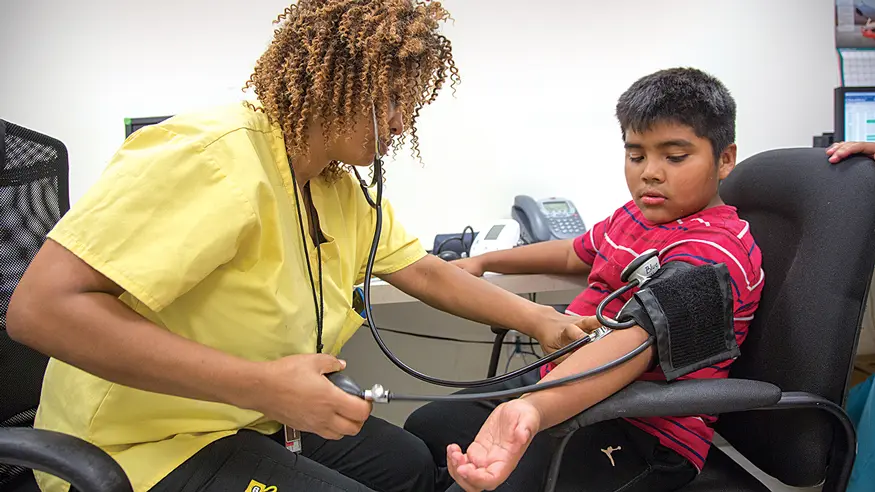Lack of access to affordable health care coverage can lead to poor health — exacerbating hunger and poverty for many Americans.
People shouldn’t have to choose between paying for food or medicine. Ensuring individuals can access affordable health insurance is a critical component in reaching the goal of ending hunger by 2030. When more people are insured, struggling households are better able to afford nutritious food and lead healthier lives.
In 2015, for the first time in eight years, the United States saw a significant decline in the overall rate of food insecurity and poverty. This decline was due, in part, to increased access to health care through the expansion of Medicaid and overall health insurance enrollment through the Affordable Care Act (ACA).
Millions of Americans have gained coverage through the ACA. However, health care costs continue to rise and too many moderate to low-income families are still unable to afford quality health insurance. To end hunger by 2030, the United States must have a health care system that works for all.
“Just as I have loved you, you also are to love one another…”



